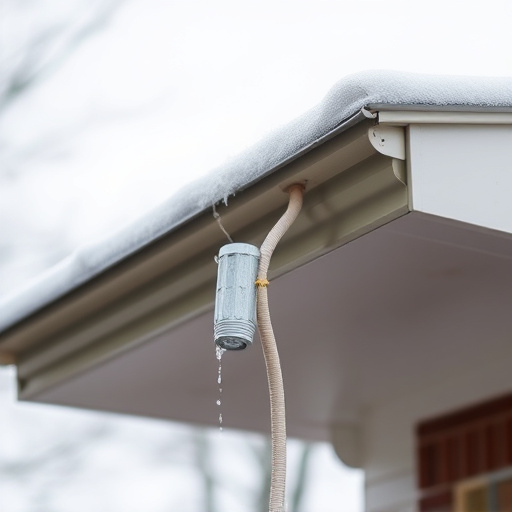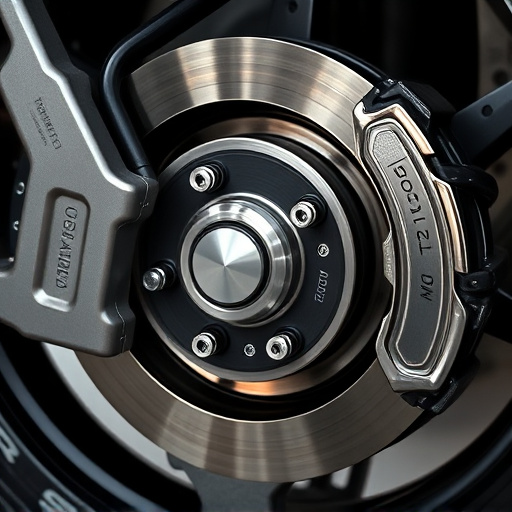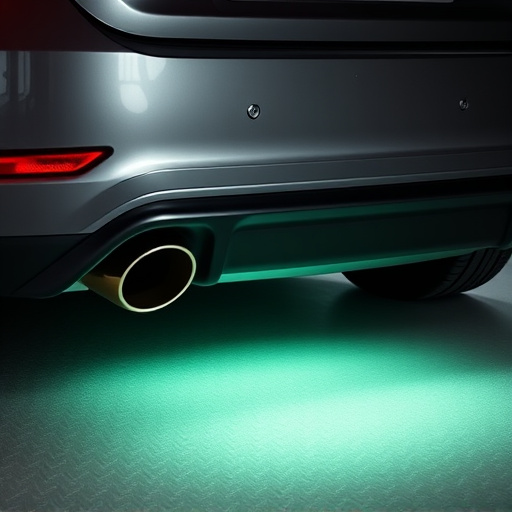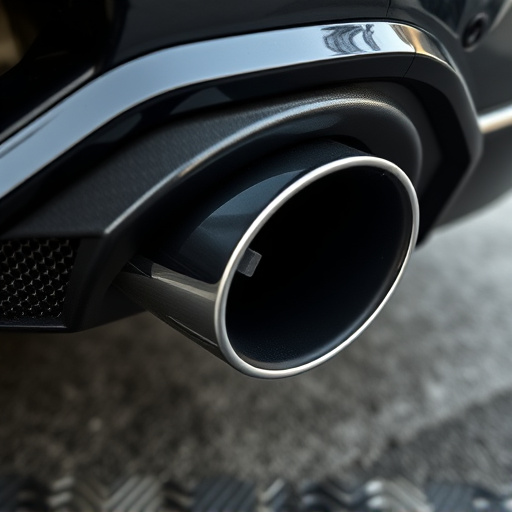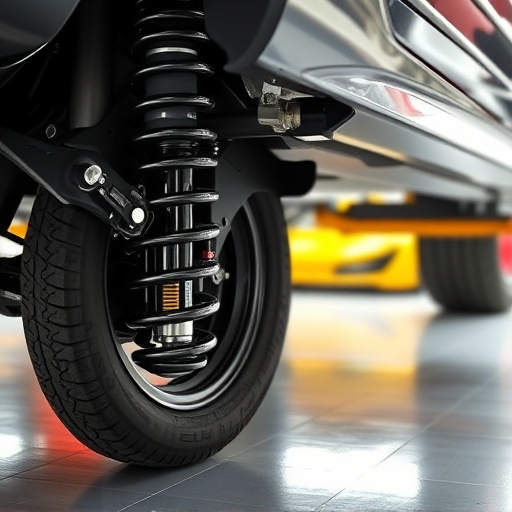Adjustable suspension kits offer vehicle owners customizable parts for enhanced handling, ride quality, and terrain adaptability. Key benefits include improved aerodynamics, better cornering, and increased ground clearance. However, these systems may encounter issues like reduced stability, strange noises, and uneven tire wear due to misalignment or improper adjustments. Early troubleshooting, including visual inspections, filter checks, lubrication, and regular tire assessments, is crucial for optimal performance and extended system lifespan. Regular maintenance with high-quality components ensures improved vehicle handling and ride comfort.
Unsure how to fix issues with your adjustable suspension kit? This comprehensive guide is your solution. We break down the inner workings of these powerful components, detailing the common problems and their causes. From unexpected clunking to inconsistent handling, we provide a step-by-step approach to troubleshooting and offer effective solutions for optimal performance. Master the art of adjusting your suspension with expert tips tailored for car enthusiasts.
- Understanding Adjustable Suspension Kits: Components and Basic Functionality
- Common Issues and Their Causes: A Comprehensive Guide
- Troubleshooting Tips and Effective Solutions for Optimal Performance
Understanding Adjustable Suspension Kits: Components and Basic Functionality

Adjustable suspension kits are a popular upgrade for vehicles seeking improved handling and ride quality. These kits replace stock suspension with customizable parts that allow drivers to fine-tune their vehicle’s behavior on different types of terrain. Core components include control arms, springs, shocks, and struts, each designed to be adjustable in terms of stiffness and height. This adjustability offers a range of benefits, from lowering the car for better aerodynamics and improved cornering to raising it for increased ground clearance during off-road adventures.
Understanding how these suspension components interact is crucial when troubleshooting issues. For instance, adjustments to spring rates can affect braking performance, as stiffer springs may necessitate softer brake pads to ensure optimal stopping power. Similarly, changes in shock absorption can impact ride comfort and stability, with stiffer shocks providing firmer control but potentially harder rides over uneven surfaces. Properly maintaining and balancing these suspension components ensures both safety and the best possible driving experience.
Common Issues and Their Causes: A Comprehensive Guide

Many car owners install adjustable suspension kits to fine-tune their vehicle’s handling and ride quality. However, like any modification, these systems can encounter issues that need careful troubleshooting. Common problems range from reduced stability and poor handling to strange noises and uneven tire wear. Often, these challenges arise due to misalignment or incorrect adjustments, especially in the shock absorbers and spring preload settings. In some cases, low-quality components or improper installation by untrained individuals can also lead to malfunctions.
One frequent issue is a lack of control over the vehicle’s body roll during cornering, which may be caused by improperly tightened or worn brake pads that affect braking force distribution. Additionally, outdated performance air filters can restrict airflow, impacting suspension performance. Uneven tire wear could signal misaligned wheels or improper camber settings, while strange noises might indicate damaged or contaminated suspension fluids. Identifying and addressing these problems early on is crucial to ensure optimal performance from your adjustable suspension kits.
Troubleshooting Tips and Effective Solutions for Optimal Performance

When troubleshooting issues with adjustable suspension kits, start by visually inspecting all components for any signs of damage or misalignment. Ensure that all bolts and fasteners are securely fastened, as loose parts can cause unpredictable handling and ride quality. Check the air filter kits and performance exhaust systems for blockages or leaks, as these can affect the overall performance of your vehicle’s suspension.
For optimal performance, regularly maintain your adjustable suspension by lubricating all moving parts according to the manufacturer’s recommendations. Consider replacing worn-out components, such as bushings and bearings, to ensure smooth and precise adjustments. Additionally, keep an eye on tire wear patterns; uneven wear might indicate improper suspension alignment or a need for adjustment in the kit. Incorporating high-quality air filter kits and ensuring regular maintenance will enhance your vehicle’s performance and extend the lifespan of your adjustable suspension system.
Adjustable suspension kits offer a unique way to customize your vehicle’s ride, but they can present troubleshooting challenges. By understanding the components and common issues, you’re well-equipped to identify and resolve problems efficiently. With these tips and solutions, you can optimize your adjustable suspension for improved performance and a smoother driving experience. Remember, proper maintenance and regular checks are key to keeping your suspension kit in top shape.




